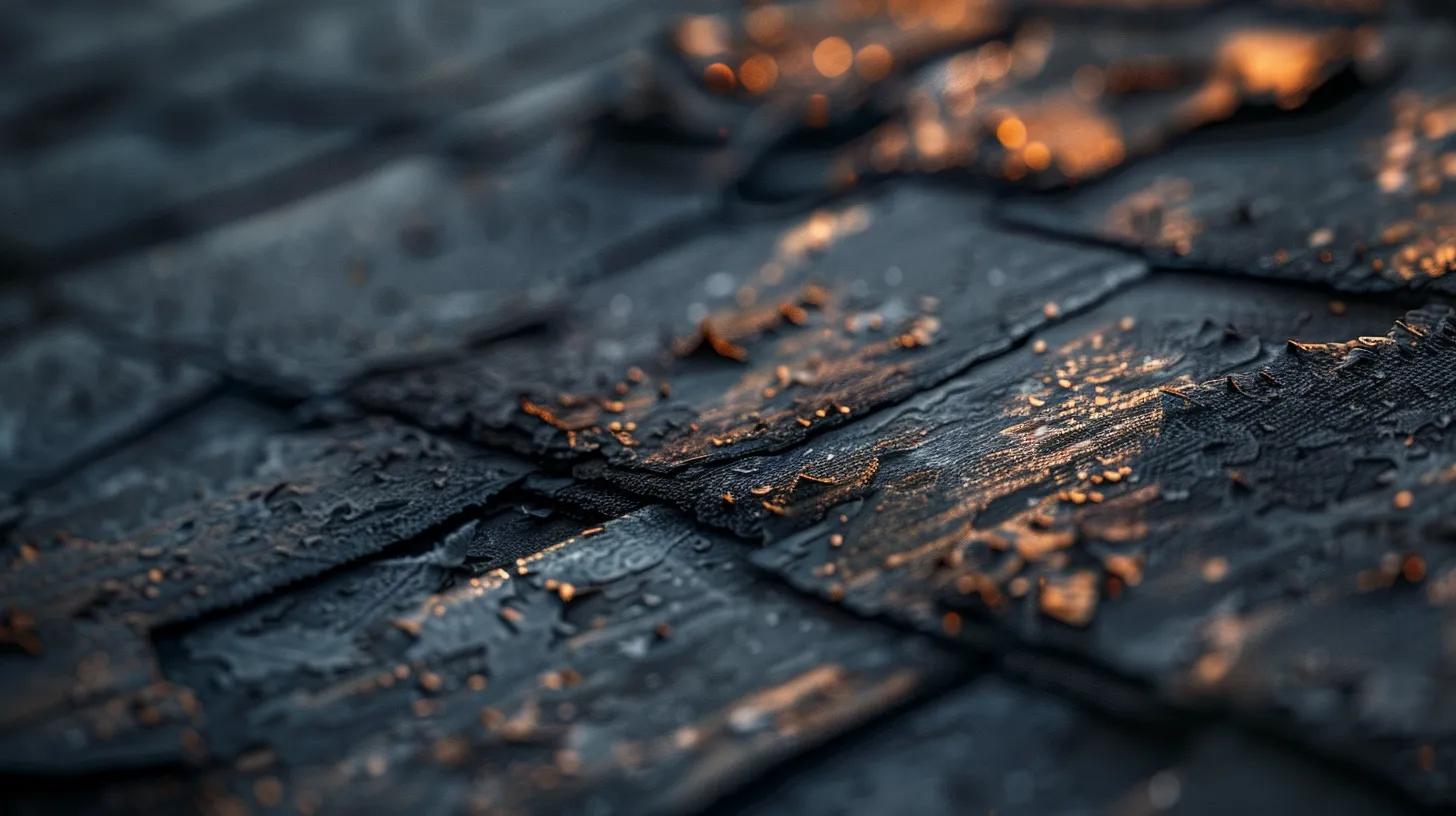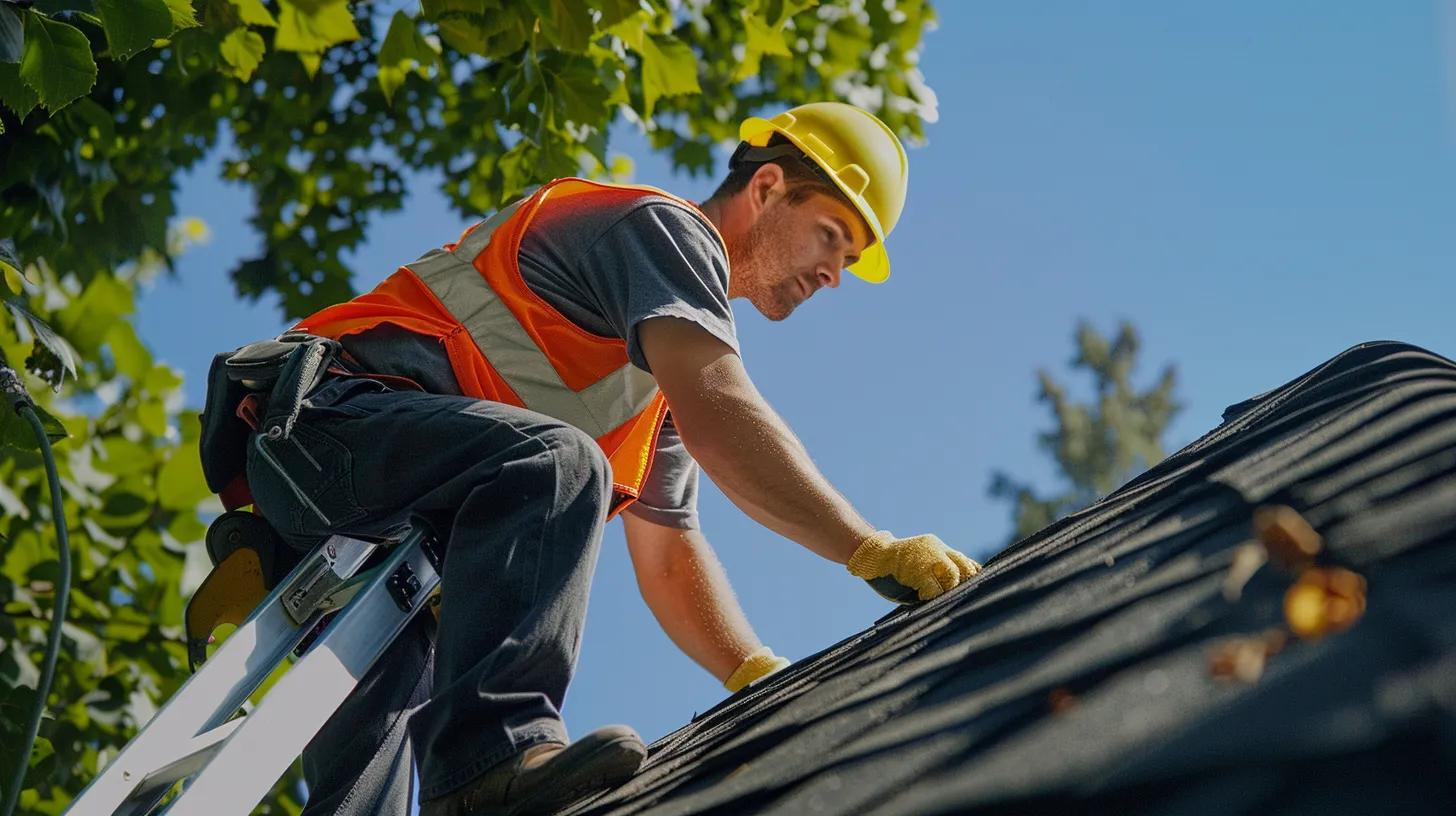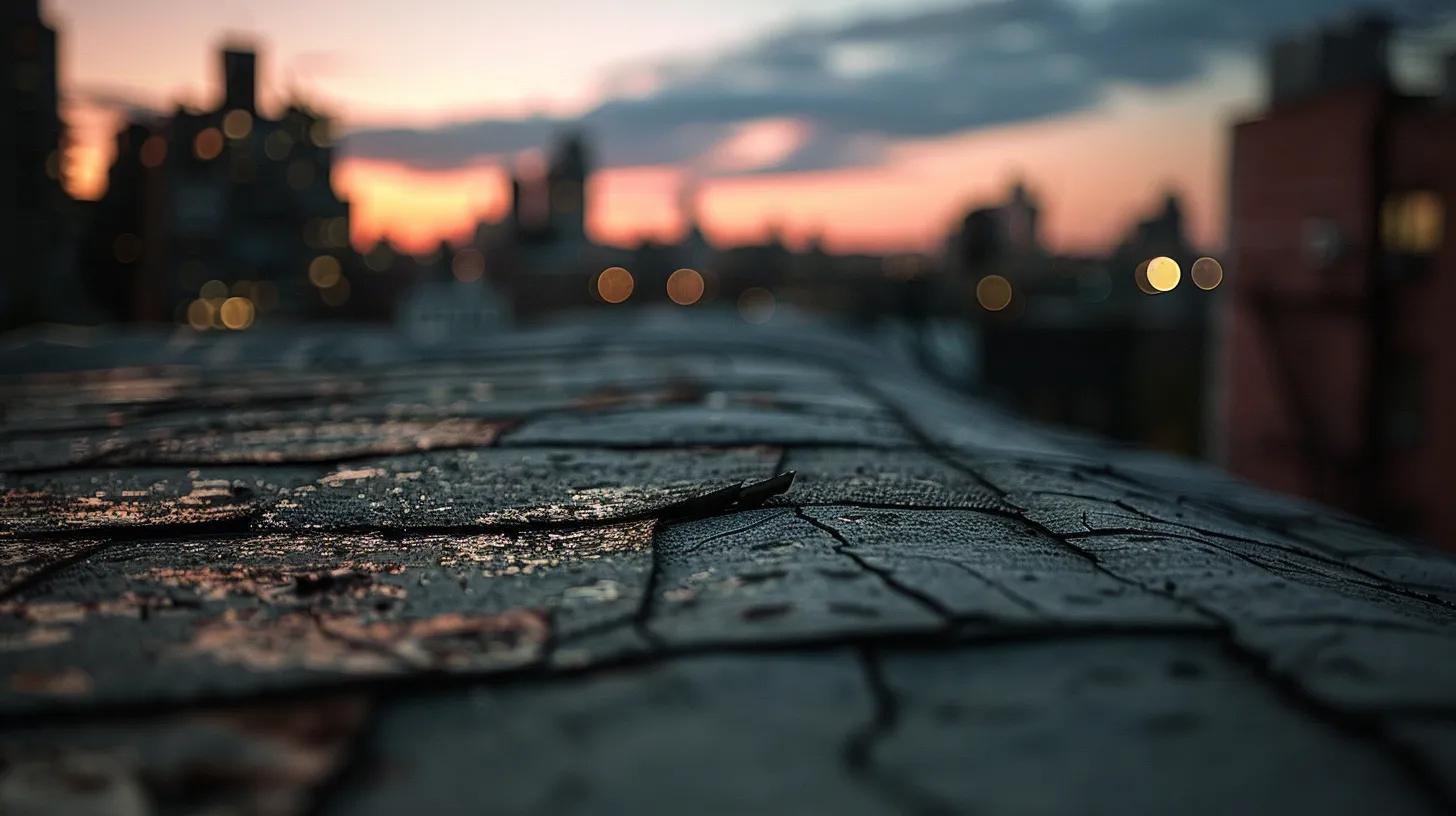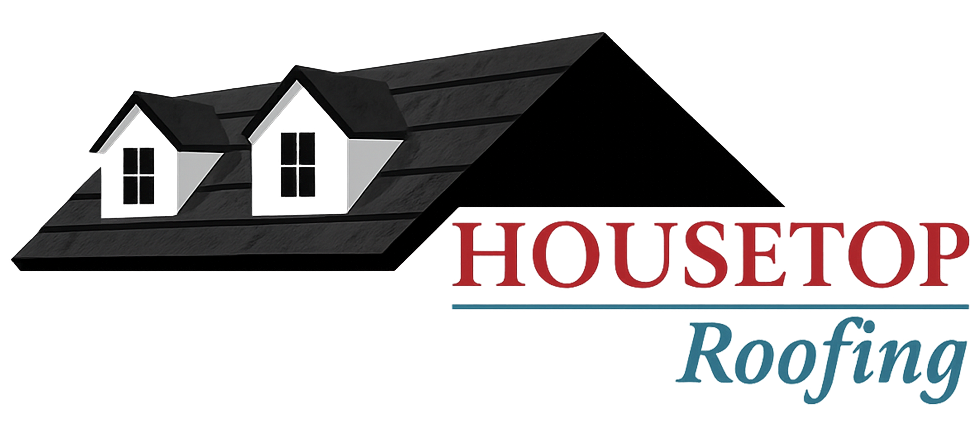
Essential Signs of Roof Damage That Demand Attention

Signs of Roof Damage You Should Never Ignore
When homeowners notice roof problems early, minor repairs may avoid costly replacements. In many cases, consulting with roofing wake forest specialists can help assess whether repairs or a full replacement are necessary. Roof damage often results from severe weather, aging materials, or poor maintenance. This guide explains common signs of roof damage, safe inspection methods, and when to seek professional help, including the benefits of hiring roofing wake forest professionals.
Key Takeaways
- Roof damage is indicated by leaks, missing shingles, and granule loss.
- Severe weather such as hail, wind, and ice dams can accelerate deterioration.
- Basic inspections can be performed by homeowners, but severe issues require a professional roofing contractor.
- Regular maintenance and proper material selection extend roof life.
- Knowing when to repair versus replace saves money and protects the home.
What Are the Most Common Signs of Roof Damage?

Identifying both obvious and subtle signs is critical for early intervention.
How Can You Detect Roof Leaks Early?
Look for water stains on ceilings or walls. Water penetration can cause discoloration, sagging, or bubbling paint. Regular inspections during rainy periods help catch leaks early, reducing water damage and repair costs.
What Are the Warning Signs of Missing or Damaged Shingles?
Cracked, curled, or missing shingles indicate vulnerability to water and wind. Broken or displaced shingles expose underlying layers and can accelerate deterioration. Annual inspections—especially after harsh weather—enable timely replacement and prevent leaks.
How Do Cracked or Curling Shingles Affect Your Roof?
Cracked or curling shingles lose their flat, secure barrier against UV rays, temperature changes, and high winds. This deterioration allows moisture and debris to penetrate the roof, worsening damage. Repairing or replacing these shingles restores effective protection.
Why Is Granule Loss on Asphalt Shingles a Serious Concern?
Granule loss weakens shingles by reducing their protection against UV rays and fire. When granules accumulate in gutters, it indicates the shingles are eroding and may soon require replacement.
What Does a Sagging Roof Indicate About Structural Damage?
A sagging roof signals potential structural damage from water accumulation, deteriorated materials, or decay in support beams. It can compromise the safety of the entire structure and requires immediate professional evaluation.
How Do Weather Events Cause Roof Damage You Should Never Ignore?
Weather is a major factor in roof damage. Even minor events can worsen an already vulnerable roof.
What Roof Damage Results From Hailstorms and Heavy Rain?
Hail can dent and crack shingles, creating points of water penetration. Heavy rain afterward can force water into these weakened areas, causing leaks and attic water accumulation. Inspect for signs of damage after such events.
How Does Ice Dam Formation Affect Roof Integrity?
Ice dams form when melting snow refreezes at roof edges, blocking drainage and forcing water under the shingles. This leads to leaks and structural damage. Proper insulation, ventilation, and snow removal help prevent ice dams.
What Are the Effects of Wind and Storm Damage on Roofs?
High winds and storms can dislodge shingles or tear roofing materials. Wind-driven debris may cause additional damage. Always inspect after severe weather, and consider wind-resistant materials if damage is common in your area.
How Can Homeowners Inspect Their Roof for Damage Safely and Effectively?

A careful roof inspection is essential. Some issues are visible from the ground, but close-up checks are often necessary.
What Tools and Techniques Are Needed for a Roof Inspection?
Use a sturdy ladder, safety harness, binoculars, and a camera or notepad. Inspect for cracked or missing shingles, sagging areas, and debris accumulation. Thermal imaging cameras can also help detect hidden moisture.
How to Perform a Step-by-Step Roof Damage Inspection Checklist?
- Visual Inspection from Ground Level – Check for obvious missing shingles or debris near the roof edges.
- Closer Inspection Using a Ladder – Safely examine roof sections for curling or cracked shingles.
- Interior Examination – Look for water stains or sagging on ceilings and walls.
- Gutter and Downspout Check – Ensure gutters are free of granule build-up and allow proper water flow.
- Thermal Imaging – If available, use thermal cameras to uncover hidden moisture.
When Should You Avoid Inspecting Your Roof Yourself?
If the roof is steep, covered in ice, or shows obvious structural damage, it is safer to hire a professional. High, unstable roofs pose significant risks that require expert handling.
When Should You Call a Professional Roofing Contractor for Roof Damage?
Certain signs indicate that professional help is needed to safeguard your roof.
What Types of Roof Damage Require Immediate Professional Repair?
Extensive water damage, pronounced sagging, and significant shingle loss need prompt attention. Interior damage or mold growth from leaks signals that a DIY repair will not suffice.
How to Choose a Reputable Roofing Contractor for Repairs?
Research local contractors, check their credentials and reviews, and ask for recommendations. Ensure they are licensed and insured, provide clear estimates, and communicate transparently about the repair process.
What Questions Should You Ask Before Hiring a Roofing Company?
Ask about their experience with similar roofs, emergency repair processes, expected repair timelines, warranty details, and contingency plans if additional damage is found. Clear answers will help build trust in their services.
How Can You Prevent Roof Damage and Extend Your Roof’s Lifespan?
Preventive care is key to avoiding costly repairs.
What Routine Maintenance Helps Avoid Common Roof Damage?
Regular gutter cleaning, debris removal, and timely shingle replacement are crucial. Annual inspections in early spring and late fall help catch issues early. Clearing moss and algae also prevents material degradation.
How Do Roofing Materials Affect Damage Resistance and Longevity?
Metal roofs offer high resistance to severe weather and require less maintenance. Asphalt shingles are common but can lose granules and suffer UV damage. Consider local climates, roof age, and maintenance needs when selecting materials.
What Are Best Practices for Seasonal Roof Care?
In winter, remove snow and ice to avoid ice dams. In summer, ensure good ventilation to reduce heat buildup that damages shingles. Spring cleaning removes pollen, moss, and mildew, keeping roofs in optimal condition.
What Are the Differences Between Roof Repair and Roof Replacement?
Deciding between roof repair and roof replacement depends on damage extent, cost, and safety.
How to Assess the Severity of Roof Damage for Repair or Replacement?
A detailed inspection helps determine whether a few fixes will do or if a roof replacement is needed due to widespread damage. Use a damage assessment table like the one below:
| Damage Type | Repair Indication | Replacement Indication |
|---|---|---|
| Missing/Curling Shingles | Isolated spots, under 10% damage | Extensive damage, over 50% |
| Granule Loss | Minor loss, monitor further | Severe, consistent loss |
| Structural Sagging | Localized issues | Widespread throughout |
What Are the Cost Considerations for Repair vs. Replacement?
Repairs have lower upfront costs but might be temporary if damage recurs. Replacement is a significant investment that offers long-term safety and energy efficiency. Obtain multiple estimates to compare options.
When Is Roof Replacement the Better Long-Term Solution?
Replacement is ideal when damage is pervasive or the roof nears the end of its lifespan. A new roof installation improves structural integrity, energy efficiency, and curb appeal, offering lasting protection.
What Other Less Obvious Signs of Roof Damage Should You Watch For?

Some signs of roof damage are not immediately visible.
How Does Moss or Algae Growth Signal Roof Problems?
Moss and algae indicate moisture retention and potential shingle deterioration. Their presence can lead to rotted wood and leaks. Treat and remove these growths promptly with eco-friendly solutions.
What Does Damaged Flashing Mean for Roof Health?
Flashing seals gaps around joints, chimneys, and skylights. Damaged flashing creates openings for water, leading to leaks and possible structural damage. Inspect and repair flashing to maintain the roof’s waterproof integrity.
How Can Interior Signs Like Ceiling Stains Indicate Roof Damage?
Stains or sagging ceilings can reveal water leaks that originate from roof damage. These signs require prompt investigation to prevent mold growth and further structural deterioration.
Frequently Asked Questions
Q: How often should a roof inspection be performed?
A: Inspect your roof at least twice a year—typically during spring and fall—and after severe weather events.
Q: Can minor roof damage be repaired without professional help?
A: Yes, minor issues like a few missing shingles or small leaks can be fixed by experienced homeowners, but safety should always come first.
Q: What role does roof ventilation play in preventing damage?
A: Good ventilation helps regulate roof temperature and moisture, reducing the risk of ice dams and prolonging the life of roofing materials.
Q: How does granule loss impact an asphalt shingle roof?
A: Granule loss exposes the asphalt to UV radiation and weather, reducing shingle performance and lifespan.
Q: When should you opt for roof replacement over repair?
A: Consider replacement when damage is extensive, recurring, or when the roof has surpassed its expected lifespan.
Final Thoughts
A well-maintained roof is key to protecting your home from water damage and structural issues. Recognizing early signs like leaks, missing shingles, and granule loss allows for timely repairs. Regular inspections, proper maintenance, and professional evaluations ensure your roof remains a reliable shield for your home.
